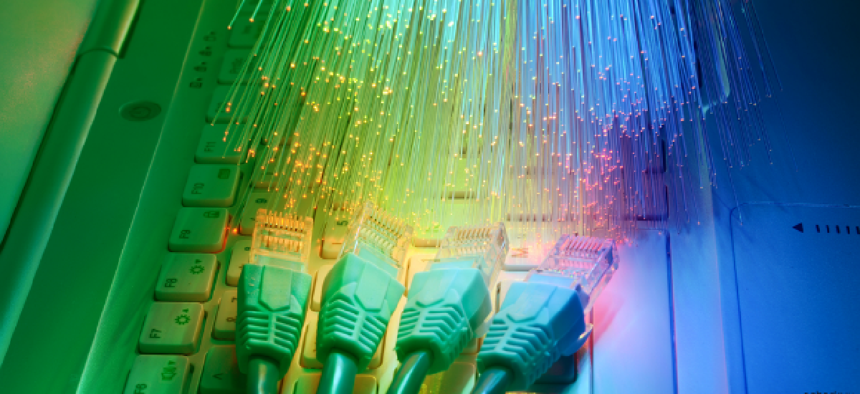IPv6 begins real-world deployment, but slowly


Connecting state and local government leaders
After 20 years of talk and preparation, the deployment of the next generation of Internet Protocols appears to be slowly gaining traction, according to a recent survey.
After 20 years of talk and preparation, the deployment of IPv6 on Internet-connected networks appears to be slowly gaining traction, according to a recent survey by the Number Resource Organization (NRO).
“We’ve entered a new phase” of real-world deployment, said John Curran, president and CEO of the American Registry for Internet Numbers, one of five Regional Internet Registries responsible for distributing IP addresses, and which together make up the NRO. “I’m very pleased.”
There are no dramatic shifts in the results of this year’s IPv6 Deployment Survey, but they show steady progress in awareness of and adoption of the next generation of Internet Protocols. “This is going to be a long-term process,” Curran said.
Deployment of IPv6 has become essential to the further growth of the Internet because of the depletion of unassigned IPv4 addresses. Although the amount of IPv6 traffic is as yet small, with new allocations of large address blocks coming in the IPv6 space, networks and content providers will have to enable the new protocols to accommodate these users.
The United States had the largest number of respondents from the 131 countries represented in the survey, with 215 out of 1,515. About 8 percent of respondents were from the government sector, a level of response that indicates a growing policy interest in adoption of the protocols. In the United States, agencies have been ordered to enable IPv6 on both public facing and internal network elements.
Although responses from governments were not broken out in the survey, “it is plain that government is at par or ahead” in deployment of IPv6, Curran said. “It has taken a leadership role.”
The biggest challenge cited in putting IPv6 into production is a lack of user demand, with technical issues second. This is illustrated by the small amount of IPv6 traffic on networks. Only a small sliver, about 3 percent, of 877 respondents with IPv6 in production say IPv6 traffic is equal to or greater than IPv4. Sixty-eight percent describe IPv6 traffic is insignificant.
Still, use of IPv6 by the customers of Internet service providers is growing. The percentage of ISPs with at least .5 percent of their customer base using IPv6 is about 30 percent, up from about 25 percent last year.
Barriers to deploying IPv6 appear to be dropping. The biggest hurdle cited in the survey is cost, in both financial investment and staff time, the same challenges reported in 2012. But the 22 percent citing it is down sharply from more than 40 percent last year. All other cited hurdles, which include the lack of a business case, availability of knowledgeable staff and vendor support, are all down in 2013 from last year.
About 68 percent of the respondents have an IPv6 presence on the Internet, and of those, 95 percent are using a dual stack environment to handle both IPv4 and v6 traffic, both figures about the same as last year.




